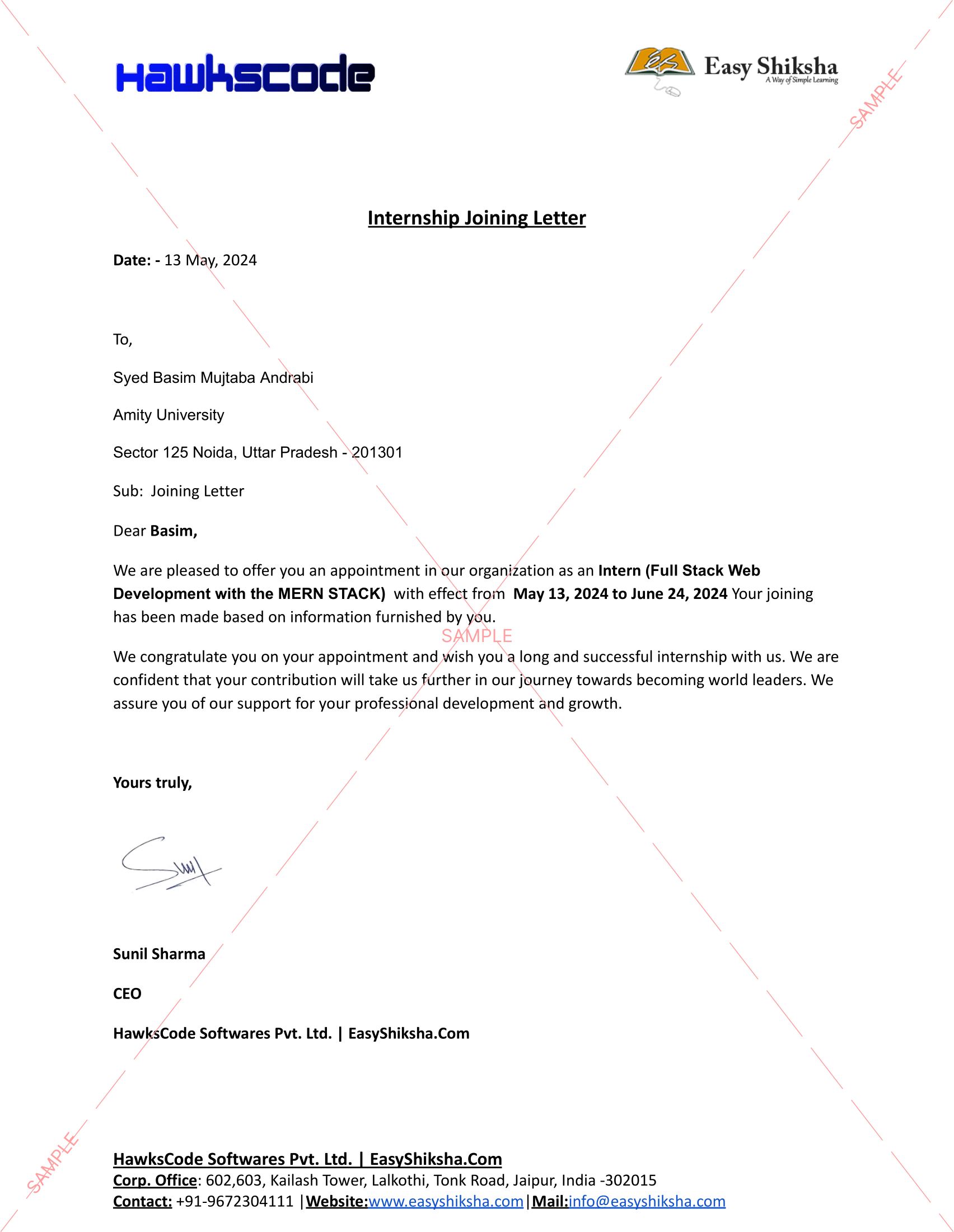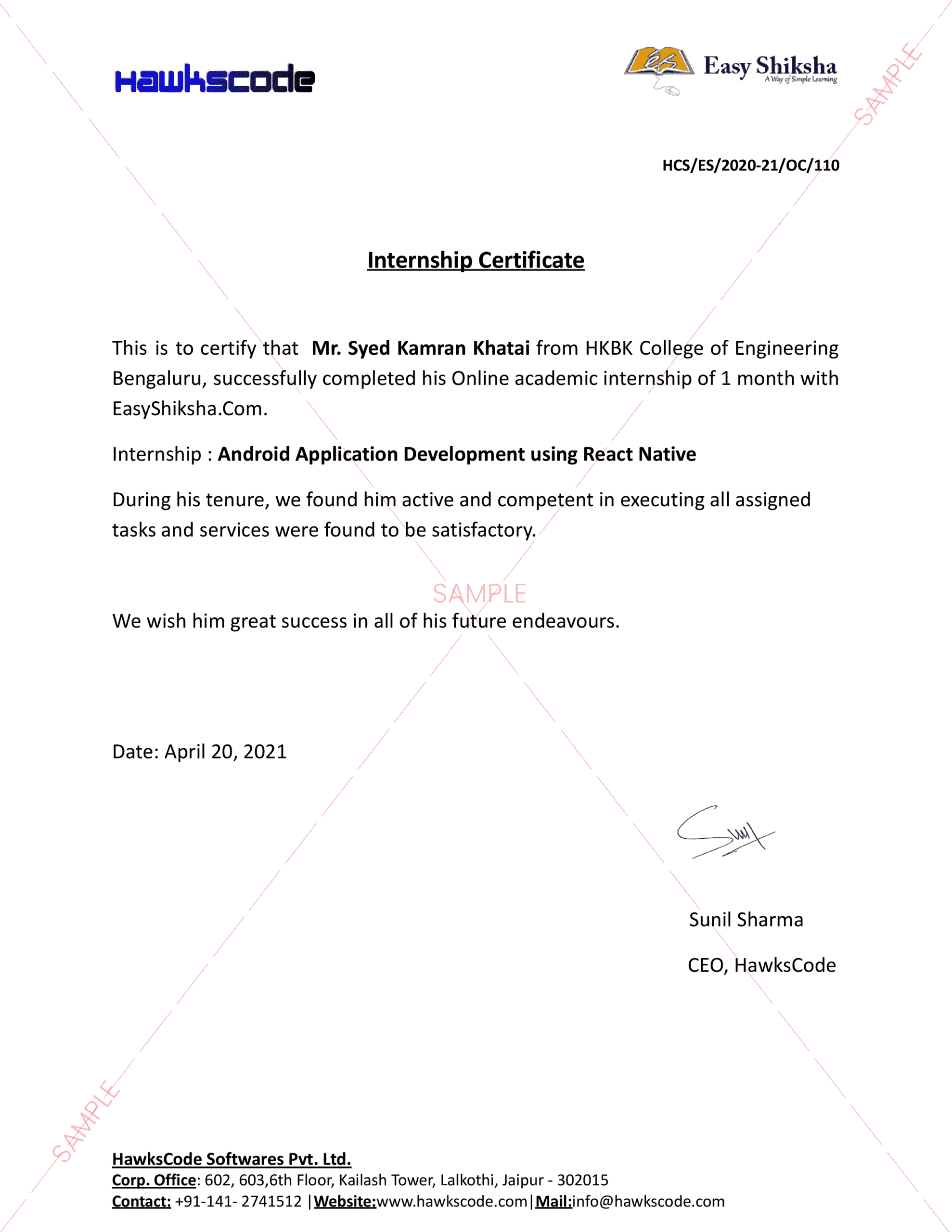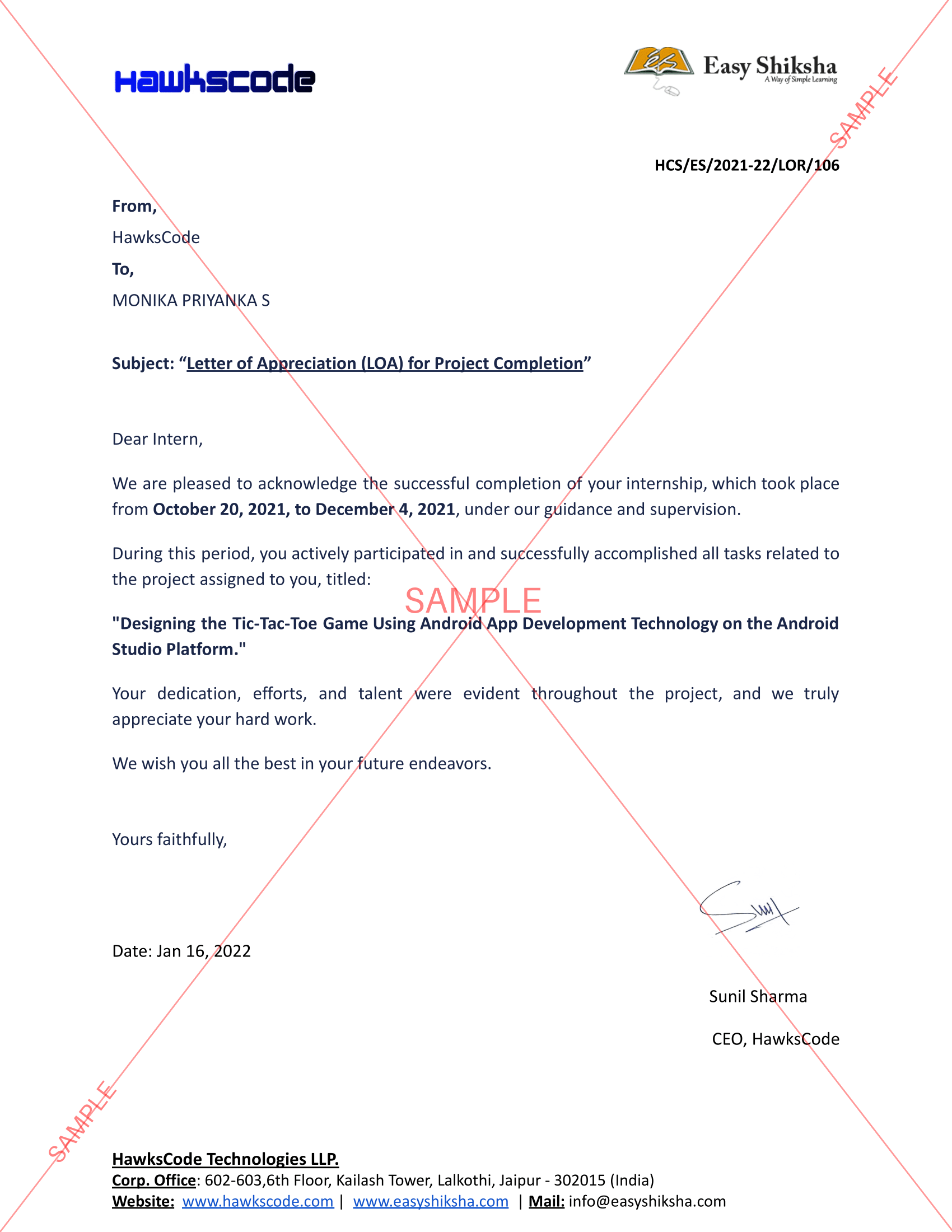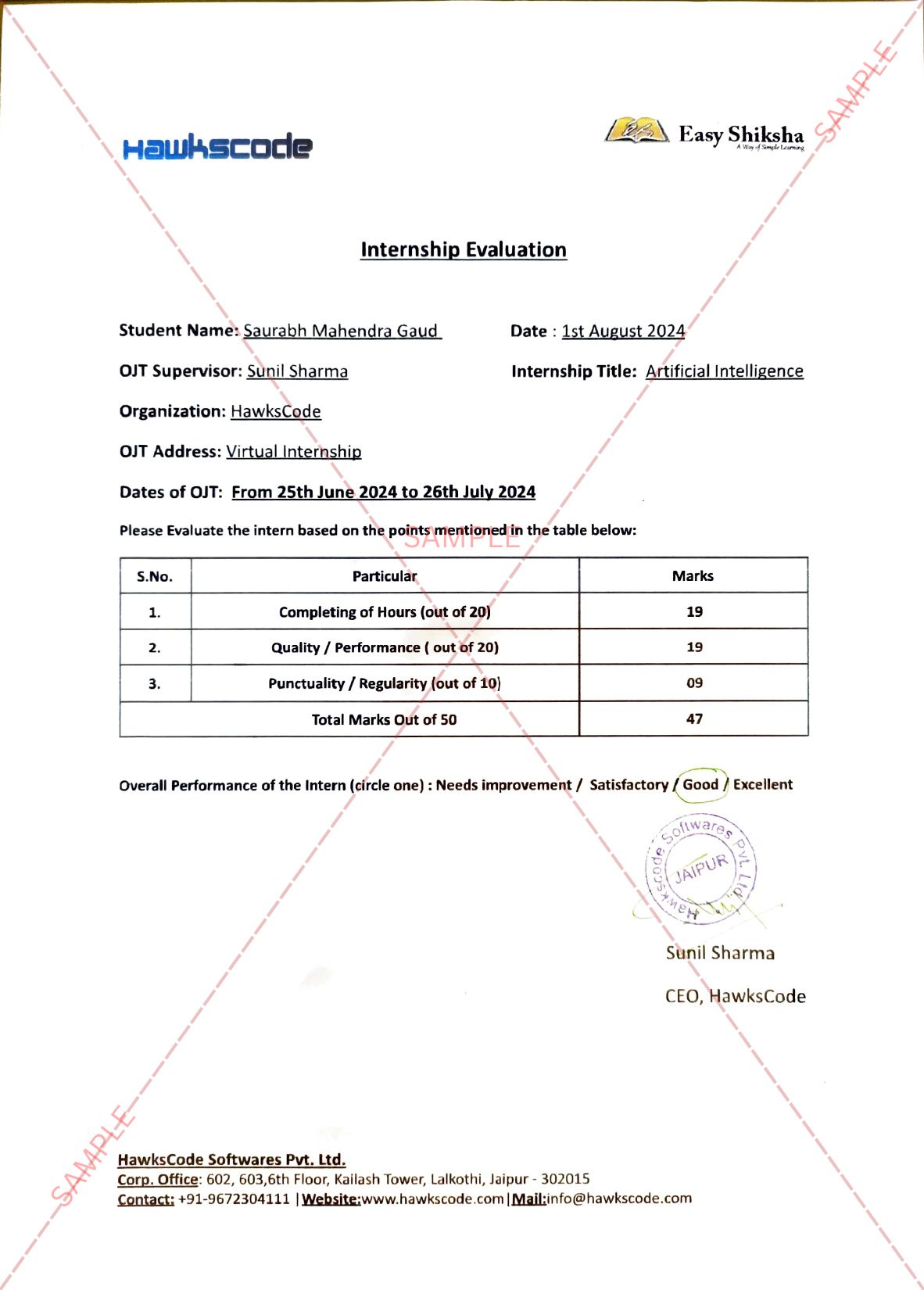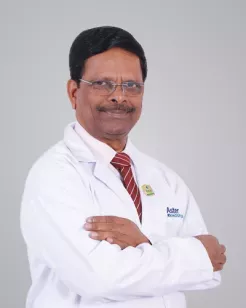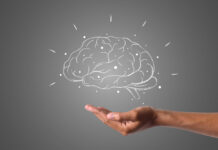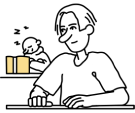Dr. Sreekanta Swamy, Lead Senior Consultant – Neurology, Aster RV Hospital Neurological disorders are among the most disabling illnesses all over the world. Alzheimer’s disease and Parkinson’s disease are the two top disorders among them. Parkinson’s, disease is a brain disorder, seen in elderly population. For every thousand people over 60 years one may get Parkinson’s disease. It is grouped under the umbrella of neurological disorders called movement disorders. Because it mainly affects the movements of the body due to impairment of nerve cells in the brain. Which produces hormone called dopamine that controls the movements of our body.
It is important for the general public as well as the sufferers and their care givers to be aware of the symptoms and newer development in diagnosis and management of this disorder. People observe World Parkinson’s Day every year on April 11 to create awareness and educate others about this disorder. It is important to educate people because this is the second most rapidly increasing neurodegenerative, progressive brain disease all over the world. It results in progressive disability in the affected person and puts a huge economic burden on the family and society.
Also Read: Quantum Sensing Hub at IIT Bombay kick-offs operations
Nearly 11.5 million people are living with Parkinson’s disease in the world. It is expected to increase many folds by 2040 as the elderly population increases. Doctors commonly see it around the age of 60 years, even though they diagnose a small percentage of patients at a young age. As the age advances the number of affected people also increases till around 85 years of age.
Age is the single biggest risk factor for developing Parkinson’s disease, and researchers have also implicated many other factors like exposure to pesticides and chemicals, and environmental pollution. Males are affected twice than females. A small percentage can be hereditary. Doctors may not notice the disease for a few years before they can make an actual diagnosis, as it usually evolves and progresses slowly. Patients may start showing symptoms when dopamine secretion decreases by more than 50%. Sometimes few general symptoms may start many years before the actual symptoms of Parkinson’s disease starts. Example-patient may have chronic constipation, disorder of smell and sleep abnormalities.
Most common symptoms of Parkinson’s disease are:
- Most commonly, patients initially experience shaking (tremors) of the hands when they are resting; less commonly, doctors may observe tremors of the lips and toes.
- Rigidity or tightness- people feel the body is stiff, and they must put efforts to move
- Bradykinesia, or slowness, causes all body movements to gradually slow; rarely, it also slows thinking and responses, but doctors most often attribute this to old age.
- Inability to maintain balance or postural instability-person tends to lose balance while walking or tends to fall.
 Online Courses with Certification
Online Courses with Certification
All these symptoms slowly progress over months to years, many other symptoms may add on over time. Like forgetfulness, low volume speech, difficulty speaking, behavioral changes, abnormal sleep pattern, change is the walking style, stooped posture etc. Diagnosis is mainly by clinical examination of patients, Sometimes DAT scan, MRI scan may help. Most Parkinson’s disease is due to unknown cause (Idiopathic) where after extensive investigation, cause may not be identifiable.
Many other disorders of the brain can mimic like Parkinson’s disease which needs to be identified. And these may not respond to treatment satisfactorily. It is very important to investigate and identify if there are any secondary causes. As far as treatment is concerned, even though doctors described this disease more than 200 years ago, no one has found a permanent cure so far. It requires a multidisciplinary approach which includes Neurologist, neurosurgeons, psychiatrist, and good rehabilitation team. Whatever treatments are available will help to control the symptoms and try to give good quality life to the patient Both drug treatment and surgical treatments are available.
Platforms like EasyShiksha.com offer valuable courses that can help you gain the necessary skills.

